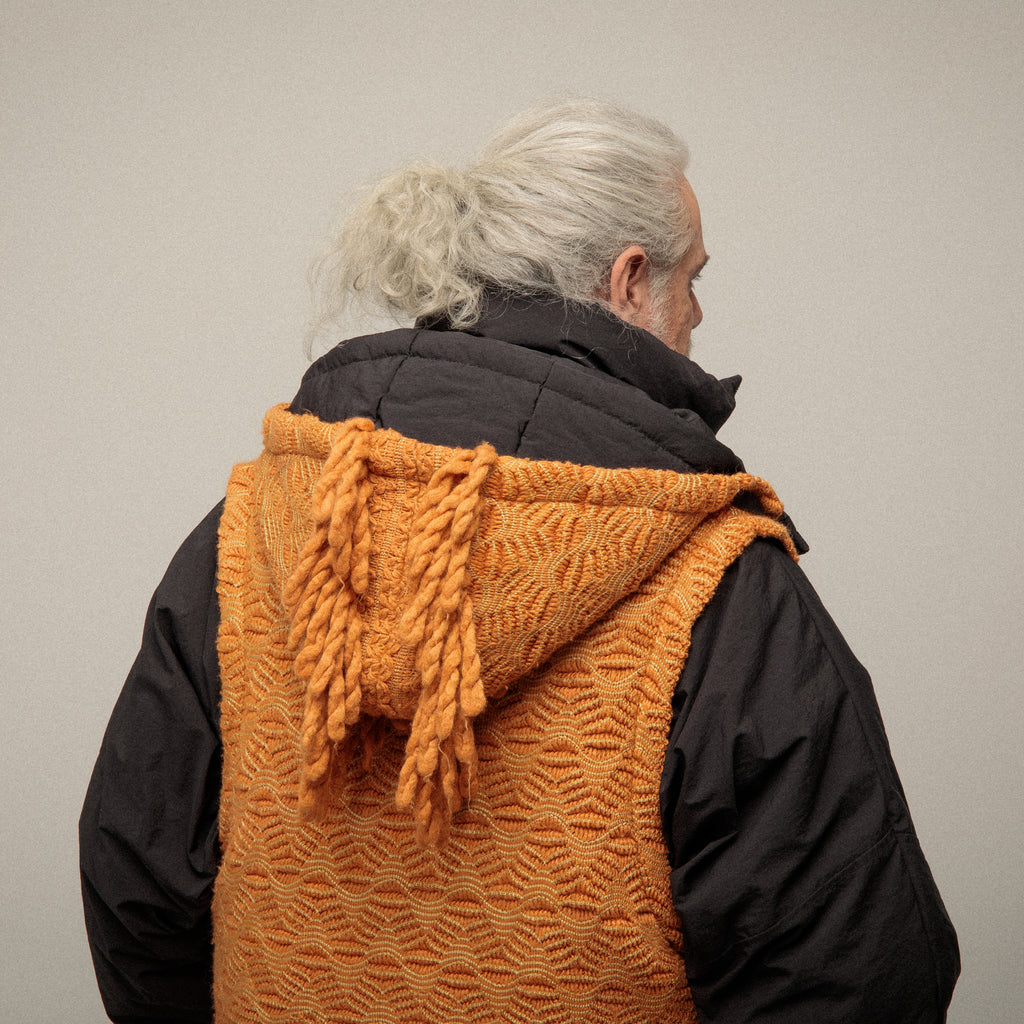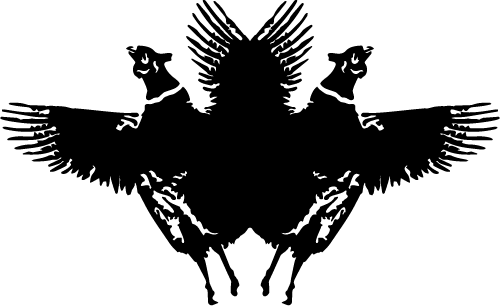
BELINER
Originating from Germany, the “berliner-tuch” shawls made their way to Hungary through trading and were colloquially called “berliner” or “beliner.” Usually made from wool, the square shawls were originally worn by women in cold weather as part of traditional attire. Due to their square shape, they could be worn in a variety of ways: they were most often folded into a triangle over the shoulders in place of a coat, they were used to cover their head or wrap babies up to keep them warm. The exact date of the origin of these garments in Hungarian folkwear is hard to determine but archive photos show that beliners gained popularity after WWII. With the changing trends of the communist era, they were mostly only worn by elderly women living in villages after the 1950s. This also means that very few light coloured beliners remain: as per Hungarian custom, women dyed their clothes to dark colours as they aged. Light colours like sky blue, lilac, “pesticide blue” (named after the colour of copper sulphate compound) and butter yellow were reserved for young women, who - after bearing children - went on to dye their beliners to dark blue, oxblood or brown, and finally, black. Throwing away garments that became unsuitable for their wearer – instead of making alterations or passing them on to younger generations - was close to unthinkable, thus the only times light coloured pieces were preserved were when its owner has passed away at a young age and the inheritor decided to keep it in its original condition or simply already had a black one and didn’t feel the need to dye another one.
The “silky” beliners, in which the patterns were woven with shiny threads, were considered to be the most beautiful and expensive variation. “Wasp nest” beliners utilised the geometric nature of weaving, emphasising its grid-like pattern that gave the pattern its colloquial name. More often than not, the shawls were finished with fringes of different length and width.
Historically, there were very few garments of foreign origin in Hungarian folkwear that were used in the exact same form as they were produced in the factories, and beliners are unique in this regard as they became part of traditional attire without much alteration or embellishments. While the colour and fabric choices might have differed between villages based on local preferences and financial means, the shawls have been largely the same in the whole region of the Carpathian Basin.






















